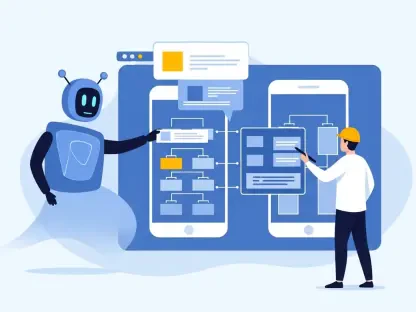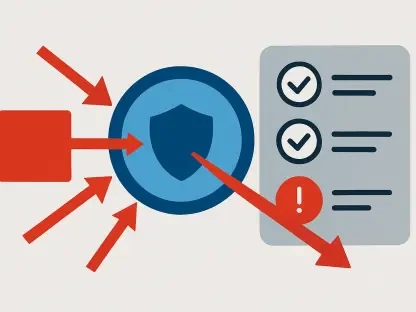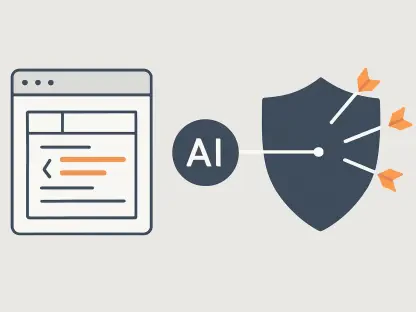It’s true that AI-enabled applications and devices are duplicating human behavior, improving flaws, and reducing the risk of manual errors. But can technology really take the place of skilled employees?
According to IDC, companies will invest 50% more revenue in cognitive AI technologies, and 10% of that spend is directed towards customer service automation. Furthermore, the global AI market is expected to reach $57.6 billion by 2021.
Although technology is evolving rapidly, AI devices cannot replace humankind just yet—or can they?
Companies open to innovation are already using chatbots or other AI-powered virtual customer assistants (VCAs), but not exclusively. As explained in a white paper commissioned by Jacada, responding to clients’ queries is a collaborative effort between employees and AI, rather than a fully automated process:
Also, Gartner believes that 15% of client interactions will be taken over by VCAs by 2021. So, what is the motivation behind implementing customer service robotic process automation (CSRPA)?
In an article on how AI can improve customer experience (CX), CustomerThink identified four key aspects influencing AI adoption:
1. Unlimited Computing Capabilities in the Cloud
The five-part Ask the AI Experts series created by McKinsey & Company revealed that the technology behind AI has been around for decades. The only factors needed to make artificial intelligence a reality were the “data and power available today to fuel it”.
Present-time cloud infrastructure providers, such as Amazon Web Services (AWS) and Microsoft Azure, enable developers to easily launch new apps while offering them the computing power and storage necessary to sustain AI technologies.
2. Media Exposure
In 2011, IBM’s question-answering computer system named Watson, was a contestant on the American game-show Jeopardy. And since then, AI-powered devices have gained a lot of media attention.
3. Cost Reductions
There’s no surprise that VCAs can reduce the number of live agents necessary to efficiently provide customers the support they need. This leads to significant cost savings, a key element powering AI adoption among today’s organizations.
4. Customer Experience Improvement
With such significant potential benefits, it’s no wonder AI has gained so much traction in recent years. However, one study finds that up to 47% of jobs are threatened by automation. Although AI is bringing a lot to the table, it is also disrupting the modern workplace. Despite the increasing number of routine jobs being automated, this new technology trend is predicted to create more jobs than it will actually replace.
Moreover, AI will not fill in all the positions in customer service any time soon. According to a study conducted by Genpact in 2017, 88% of consumers prefer to address their issues to a live agent over a chatbot. But since then, people have been more comfortable with using AI. Although not many customers trust VCAs just yet, you still have to satisfy the needs of those who do and offer them the CX they demand.
To ensure that you are meeting your customer’s expectations when implementing AI, Genpact recommends the following steps:
Step #1: Make your customers understand the logic behind AI-driven decisions
Step #2: Fuel your AI with enough data so that it can deliver relevant results
Step #3: Aim for a balance between AI efficiency and the human touch of live agents
Step #4: Make your data practices transparent by working with industry peers and government bodies
Step #5: Establish the type of personality, voice, and tone your VCAs should have
Customer service is not going to be fully automated any time soon. But AI-powered chat assistants are gaining ground, being more and more popular among the young, the affluent, and the well-educated. This technology can greatly improve CX, making customer interactions faster and more efficient.
But for now, many people still don’t fully understand how AI works and are concerned about the privacy of their personal data. The key to succeeding in implementing AI-powered virtual customer assistants is to take measured risk, be transparent, and learn from your mistakes.









